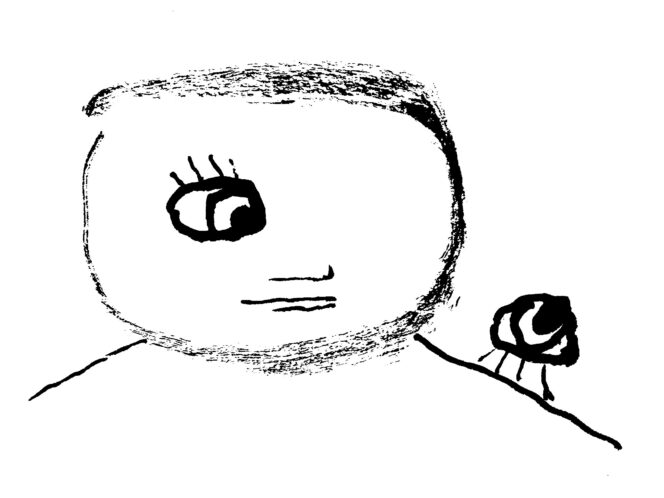
For some, it’s a means of penance, reflection, and purification; for others, it’s a grand celebration that releases hidden energy. Despite different approaches, fasting serves a similar function in many different religions and cultures.
It’s unusually quiet in Marrakech’s Jemaa El-Fnaa Square this afternoon. The juice vendors are seated, subdued. There are hardly any street entertainers to be seen. The souvenir sellers are dozing off in their chairs. The con artists are somewhat lethargic too. There’s no shouting; even the seemingly ever-present snake charmer has disappeared.
“Is it any wonder?” asks Karim, a fifteen-year-old sales assistant in one of the ubiquitous clothing stores. “Everyone’s getting tired of Ramadan. But we’re right at the end. Just wait until tomorrow.”
Indeed, the next night the city changes as if by magic. Ramadan, the holy month of Sawm—the Muslim equivalent of Lent—is coming to an end. When the moon appears in the sky, Eid al-Fitr, the Festival of Breaking the Fast, begins. The medina—in fact, the whole city—is teeming with life. According to tradition, people exchange dates with loved ones and strangers. The Prophet Muhammad is said to have broken his fast in this way, by eating dates and drinking water. The following hours are spent in celebration. At two o’clock in the morning, outside my riad (a traditional hotel with a plant-filled internal courtyard), it’s as noisy and lively as a central Warsaw street during rush hour. People are dancing and singing; raising toasts and wishing each other “Eid Mubarak,” meaning “blessed feast/ festival” in Arabic.
At dawn, crowds gather in front of the Masjid al-Kutubiyya, the Mosque of the Booksellers, one of Marrakech’s iconic buildings. Its name comes from the Arabic word kitab, meaning “book”; in the Middle Ages, books were traded here as a rare and desirable commodity. Today, though, the focus is not on reading. People fall to their knees, thanking Allah for once again helping them endure a whole month of fasting. They give alms, shake hands. Then some take to the streets, while others return home to feast with their loved ones. Still others stay for the voluntary evening Tarawih prayer, which the Prophet Muhammad recited with his companions for three nights in a row.
The festivities last two or three days. You can sense the enthusiasm and joy in the








